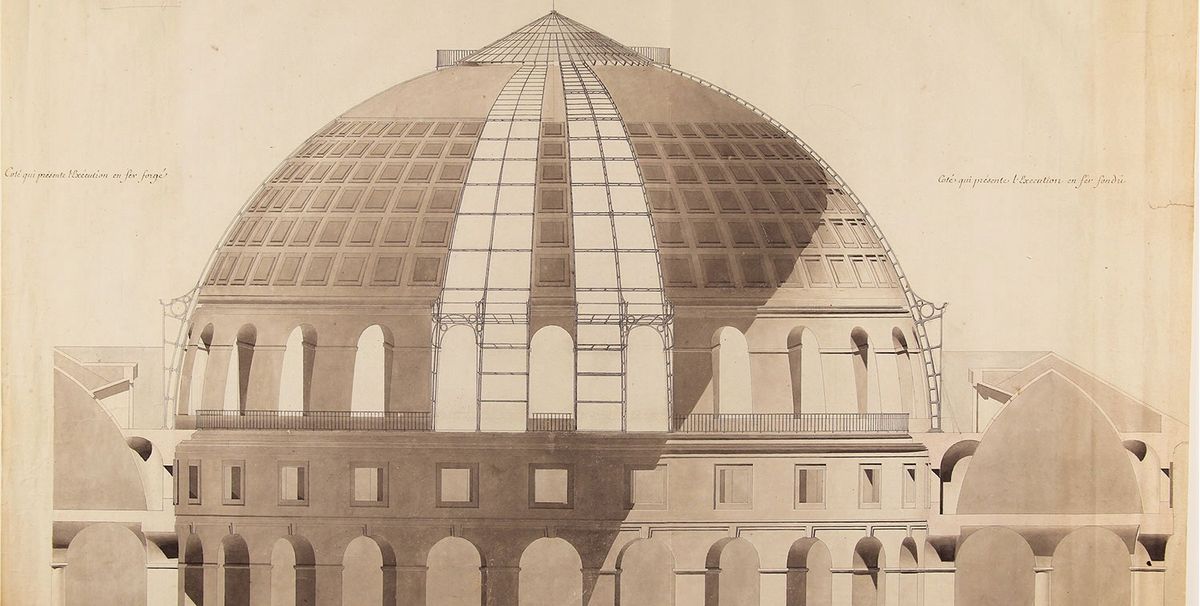The French billionaire art collector François Pinault is helping to fund the restoration of more than 200 architectural sketches that throw light on the design and construction of the Bourse de Commerce building near the Louvre in Paris. In a deal struck with the city last year, Pinault is due to open a new museum in the former stock exchange in early 2019.
Tadao Ando, the Japanese architect who designed Pinault’s two Venetian galleries, is leading the building’s renovation, alongside the French architects Lucie Niney and Thibault Marca. They will work with Pierre-Antoine Gatier, the chief architect of France’s historic monuments.

Pinault commissioned an extensive historical and architectural study of the Bourse de Commerce, which was erected by Nicolas Le Camus de Mézières in the 18th century to store corn and flour before being remodelled in the 1880s as a stock exchange. The building’s cast-iron cupola, or dome, was designed in 1813 by the architects François-Joseph Bélanger and Jacques Ignace Hittorff.
Gatier subsequently discovered an archive of drawings by Hittorff in the Wallraf-Richartz Museum in Cologne, Germany, which includes sketches linked to the construction of the cupola of the Halle au Blé (corn exchange). Writing in the latest edition of the Pinault Collection journal, Gatier states that the holdings consist of preliminary and technical drawings outlining the cupola’s development.
“One remarkable drawing testifies to the group’s [Bélanger and Hittorff] first reflections on the design; it shows cross-sections of the dome, comparing the use of cast iron and wrought iron for the project,” he writes. “Several more drawings detail precisely the geometry of each piece, then how these were assembled. These are addressed to the Le Creusot metal forge [in Bourgogne], which cast all the elements.”
These documents will be used by the team behind the refurbishment. “They are extremely helpful in determining how to restore the framework of the cupola,” Gatier writes.


